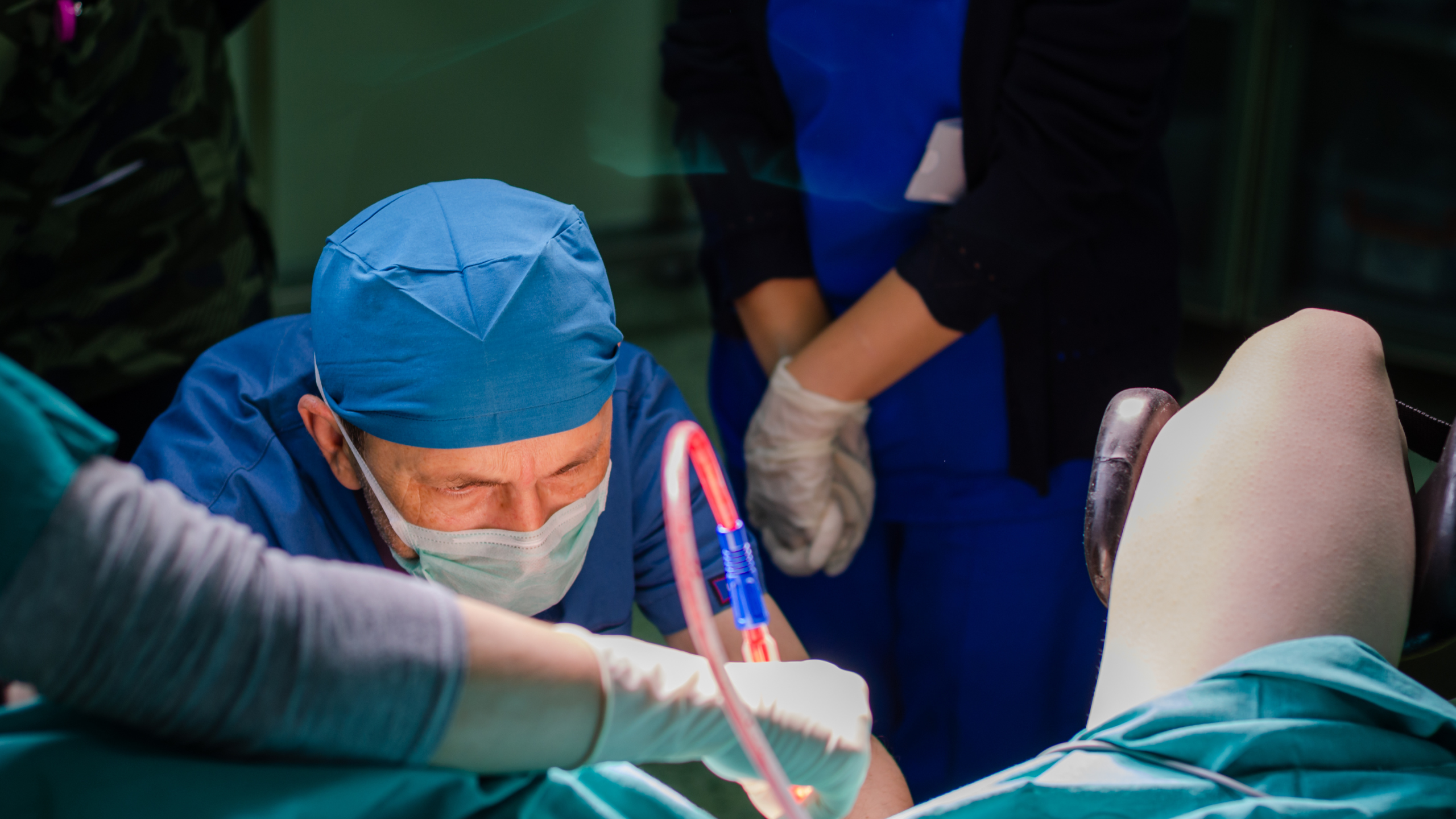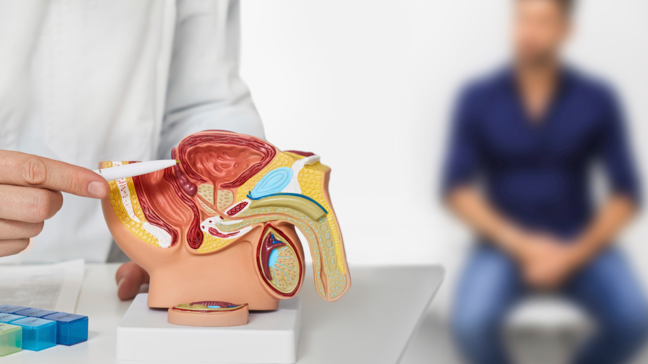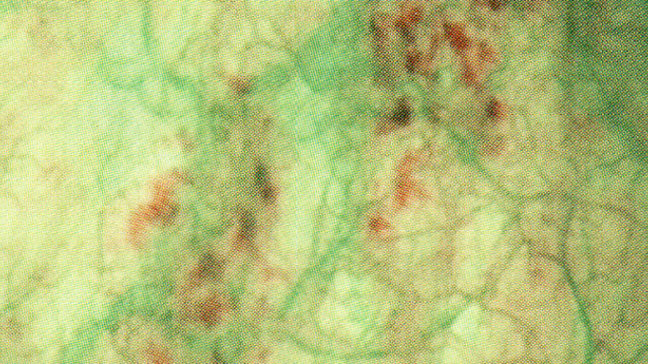
Biopsy
Prostate biopsy
The prostate biopsy is the most common biopsy procedure in urology. It is recommended when there is a suspicion of prostate cancer, for example, in the case of elevated PSA levels or abnormal palpation findings. Tissue samples are taken from the prostate and examined histologically.
Methods of Prostate Biopsy
Transrectal ultrasound-guided biopsy (TRUS biopsy):
- Procedure: An ultrasound probe is inserted into the rectum to visualize the prostate. Multiple tissue samples are taken with a needle.
- Advantages: Widely used and usually performed on an outpatient basis.
- Disadvantages: Increased risk of infections due to access through the bowel.
Transperineal biopsy:
- Procedure: Tissue sampling is performed through the skin between the anus and scrotum (perineum).
- Advantages: Lower risk of infection as the bowel is not traversed.
- Disadvantages: Sometimes requires general anesthesia and is technically more complex.
Advances in Biopsy Technology
Modern procedures such as the MRI-ultrasound fusion biopsy combine the imaging of magnetic resonance imaging (MRI) with real-time ultrasound. This allows for more precise localization and extraction of tissue samples from suspicious areas of the prostate. Studies show that this method increases the detection rate of prostate carcinomas.
Biopsy of other urological organs
In addition to the prostate, other organs of the urinary tract can also be biopsied:
- Kidney biopsy: Performed to diagnose kidney diseases or to monitor the progress of kidney transplants.
- Bladder biopsy: Usually performed during a cystoscopy to investigate bladder tumors or chronic inflammations.
Risks and Complications
As with any invasive procedure, urological biopsies can also lead to complications:
- Infections: Particularly possible with transrectal prostate biopsies.
- Bleeding: Hematuria (blood in urine) or rectal bleeding may occur.
- Pain: Temporary discomfort at the puncture site is possible.
The choice of biopsy method should be made individually based on the patient's profile and clinical suspicion. Modern techniques such as MRI-ultrasound fusion biopsy offer increased accuracy and safety.
![[Translate to English:]](/fileadmin/_processed_/1/d/csm_UZ-Logo-2024-breit-aK-1500px-white-red_4b49b8d28c.png)


